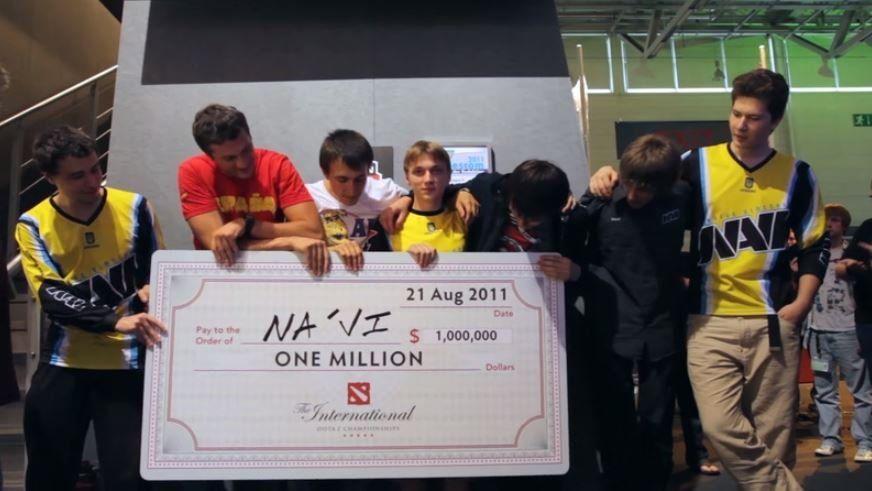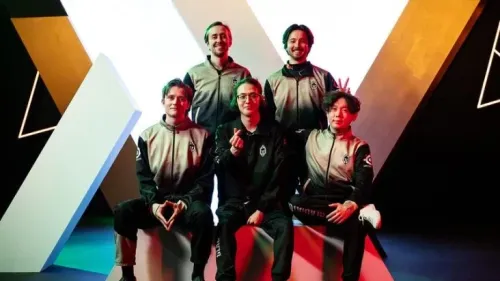
levelzjee
The International is Heading Back to Germany After More Than a Decade
It’s hard to put into words the excitement sparked by the first Dota 2 The International when it was announced in the summer of 2011. At the time, the game itself wasn’t even released, and the esports ecosystem looked nothing like it does today. Prize pools rarely reached six figures, let alone millions.
Since Dota 2 was still in beta, the 16 invited teams received early access to the game. The tournament’s debut at Gamescom lacked a dedicated venue, yet it was ground breaking. With a total prize pool of $1.6 million—$1 million going to the winner—it shattered expectations. To put this into perspective, Counter-Strike tournaments at the time had prize pools ranging from $30,000 to $80,000. Just months earlier, the first League of Legends World Championship at DreamHack Summer 2011 featured a $100,000 prize pool. Many in the community initially dismissed The International’s announcement as a hoax, believing such a massive prize pool couldn’t possibly be real.
With such a new game, the invited teams had little time to prepare. Some relied on their experience with DotA, while others had to forge entirely new strategies. The tournament format featured four groups of four teams playing best-of-one matches. The top two teams from each group advanced to the upper bracket, while the bottom two entered the lower bracket. The playoffs used a double-elimination format, with all matches as best-of-three, except for the grand finals, which were best-of-five.
Natus Vincere (ArtStyle, Dendi, XBOCT, Puppey, and LighTofHeaveN) dominated the tournament. They went undefeated through the group stage and playoffs, dropping only one game in the grand finals against EHOME. Their deep understanding of the heroes and meta gave them a significant edge. Even small details, like selecting heroes with better auto-attack animations for easier last-hitting, made a difference. Combined with exceptional individual skill and team coordination, they cemented their place in esports history.

The Return to Germany
Now, in 2025, The International is heading back to Germany! Hamburg’s Barclays Arena, a 16,000-capacity venue, will host the event from September 11th to 14th. After fluctuating team counts over the years—from 16 to 18 and even 20 in 2022—the tournament will return to its roots with just 16 teams. Some will receive direct invites, while others will fight through qualifiers.
Valve has kept details under wraps but teased the event with the statement:
"The stars have aligned and the stage is once again being set for cosmic battle. And this time, that battle has returned to where it all began: Germany, the site of The International’s humble debut on the world stage, where it was watched in person by many tens of people.
Now, fourteen years later, The International returns to Germany, to Hamburg’s Barclays Arena September 11th – 14th — in front of, we trust, a slightly bigger crowd this time around."
A Pivotal Year for Dota 2
Dota 2’s popularity has waned in recent years. According to Esports Charts, the game is at risk of falling out of the top five most-watched esports. While its future doesn’t hinge entirely on The International, the tournament’s success is critical for maintaining the game’s relevance. Without a strong showing at its flagship event, the decline may continue.
This year’s theme, “returning to where it all began,” is nostalgic, but nostalgia alone won’t be enough. Fans are hoping Valve has more surprises in store to reignite excitement for Dota 2 and its competitive scene.
levelzjee
Article TAGS
Dota 2
The International
News Feed
